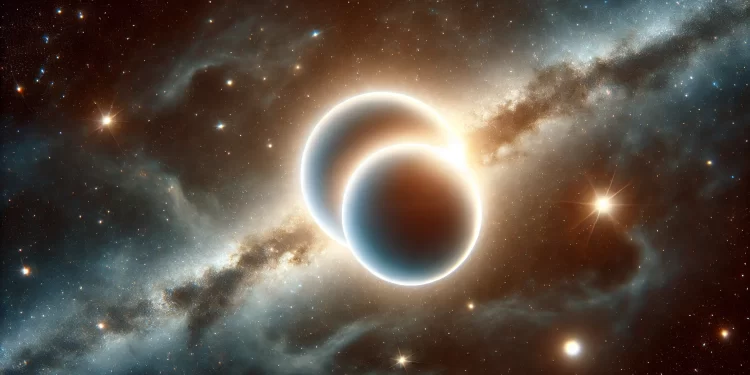A recent study has uncovered a significant gravitational anomaly at extremely low accelerations, leading scientists to question long-standing assumptions about the nature of gravity. The findings, based on wide binary stars, may point to the need for modifications to Einstein’s general relativity, a theory that has dominated for over a century.
Wide binary stars have been the focus of intense research because they allow scientists to test gravity at accelerations lower than 1 nanometer per second squared. These low accelerations are key to understanding phenomena like dark matter and other astrophysical systems. Two independent studies, led by Kyu-Hyun Chae and Xavier Hernandez, have found evidence that gravitational behavior at these levels deviates from what Newtonian physics predicts. Their work suggests that Modified Newtonian Dynamics (MOND), a theory introduced by Mordehai Milgrom 40 years ago, could offer a better explanation.
Chae’s study, recently published in The Astrophysical Journal, addresses challenges to earlier research that identified a gravitational anomaly. Using a comprehensive dataset from the European Space Agency’s Gaia mission, Chae examined multiple samples and methodologies. His results show consistent evidence of a 40% increase in gravitational strength when the internal acceleration between two stars in a wide binary system falls below 0.1 nanometers per second squared.
“The gravitational anomaly is clear in the data,” says Chae. “Despite efforts to dismiss it, this anomaly persists and aligns with MOND’s predictions. This could mean that we are on the verge of a significant shift in our understanding of gravity.” This discovery could potentially reshape fundamental physics, much like how Newton and Einstein revolutionized the field in their time.
While MOND, like Newton’s and Einstein’s theories, adheres to the principle of the universality of free fall, it rejects the strong equivalence principle. According to MOND, the motion of wide binaries should deviate from Newtonian predictions, influenced by the gravitational field of the Milky Way. This 40% deviation observed by Chae is consistent with MOND’s expectations.
Although these results are compelling, further research is needed to confirm the anomaly. Scientists are particularly interested in obtaining precise line-of-sight velocity measurements, which would provide a more complete picture of the stars’ motion. As data from future studies and improved methodologies emerge, the true nature of this gravitational anomaly will become clearer.











